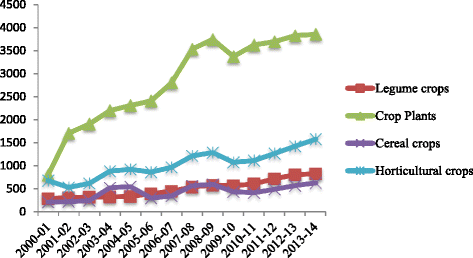'Koza nostra', 'Nashe delo' (samonazvanie mafii, osob. V SShA) cossack 1> _rus. Kazak cossack hat 1> papaha cotswold 1> _s-h. Kotsuold, kotsuoldskaya ovca cotton Belt 1> _am. Rukovodstvo dlya oficera po ohrane sudna.
Handbook of Biofertilizers and Biopesticides 'This page is Intentionally Left Blank' Handbook of Biofertilizers and Biopesticides Edited by A.M. Prezentaciya znachenie zhivotnih v prirode i zhizni cheloveka 5 klass 1. Deshmukh R.M. Khobragade P.P. Dixit Oxford Book Company Jaipur, India ISBN: 93-15-0 First Published 2007. Apr 25, 2017 - PDF On Jan 1, 2012, Zulaiha Hanapi and others published Biofertilizer: Ingredients for Sustainable. Of chemical fertilizers, pesticides, water, as well as the increasing. Microbial interactions in soil and plants increased the. Gottlieb, 1966)andthe Bergey's Manual of Systematic Bacteriology.
• • On this page: • • • • • Before a pesticide can be marketed and used in the United States, the Federal Insecticide, Fungicide, and Rodenticide Act (FIFRA) requires that EPA evaluate the proposed pesticide to assure that its use will not pose unreasonable risks of harm to human health and the environment. EPA also determines whether there is a reasonable certainty of no harm from pesticide residues in food or feed and sets tolerances, or exemptions from tolerances, for allowable residues of pesticides in food and animal feed under the Federal Food, Drug, and Cosmetics Act (FFDCA), as amended by the Food Quality Protection Act (FQPA). • • • What are Biopesticides? Biopesticides include naturally occurring substances that control pests (biochemical pesticides), microorganisms that control pests (microbial pesticides), and pesticidal substances produced by plants containing added genetic material (plant-incorporated protectants) or PIPs. Additional information on biopesticide active ingredients is available in. Enter an ingredient name and look under the 'Regulatory Actions' tab for available information.
You can also use the 'Filter by Pesticide Type' link on the right side of the page to see a list of all biopesticides. From this list, you can access information about each ingredient. Biopesticide Registration Information The and web pages provide links to information tools to assist applicants.
• FY2015 Work Plan for New Biopesticide Active Ingredients. An overview of biopesticide registration can also be found in from the American Chemical Society’s Symposium Series titled Biopesticides: State of the Art and Future Opportunities. Plant-Incorporated Protectants (PIPs) are pesticidal substances produced by plants and the genetic material necessary for the plant to produce the substance.

For example, scientists can take the gene for a specific Bt pesticidal protein, and introduce the gene into the plant's genetic material. Then the plant manufactures the pesticidal protein that controls the pest when it feeds on the plant. Both the protein and its genetic material are regulated by EPA; the plant itself is not regulated. • • • • Pests and Biopesticides Used to Treat Them Interregional Project Number 4 (IR-4) The IR-4 Project has developed a database that allows the user to search for biopesticide and organic products that control specific pests.

Use the drop down menus on the page to identify your pest, or pest/crop combination of interest. The searchable database will display products to use to treat pests. The database includes information on the efficacy of specific products, where available. Since 1963, the IR-4 Project has been the major resource for supplying pest management tools for specialty crop growers by developing research data to support new EPA tolerances and labeled product uses.
The IR-4 Biopesticide and Organic Support Program works to further the development and registration of biopesticides for use in pest management systems for specialty crops or for minor uses on major crops. National Product Research Online The National Pesticide Information Center (NPIC) has used information from EPA databases to provide a tool that can search by type of active ingredient, pest, use site, and more, providing a list of products that met the search terms. NPIC provides objective, science-based information about pesticides and pesticide-related topics to enable people to make informed decisions. NPIC is funded by a cooperative agreement between Oregon State University and the U.S. Environmental Protection Agency. USDA Agricultural Extension Agents Agricultural extension agents can assist with identifying biopesticides that may be appropriate for managing pests.